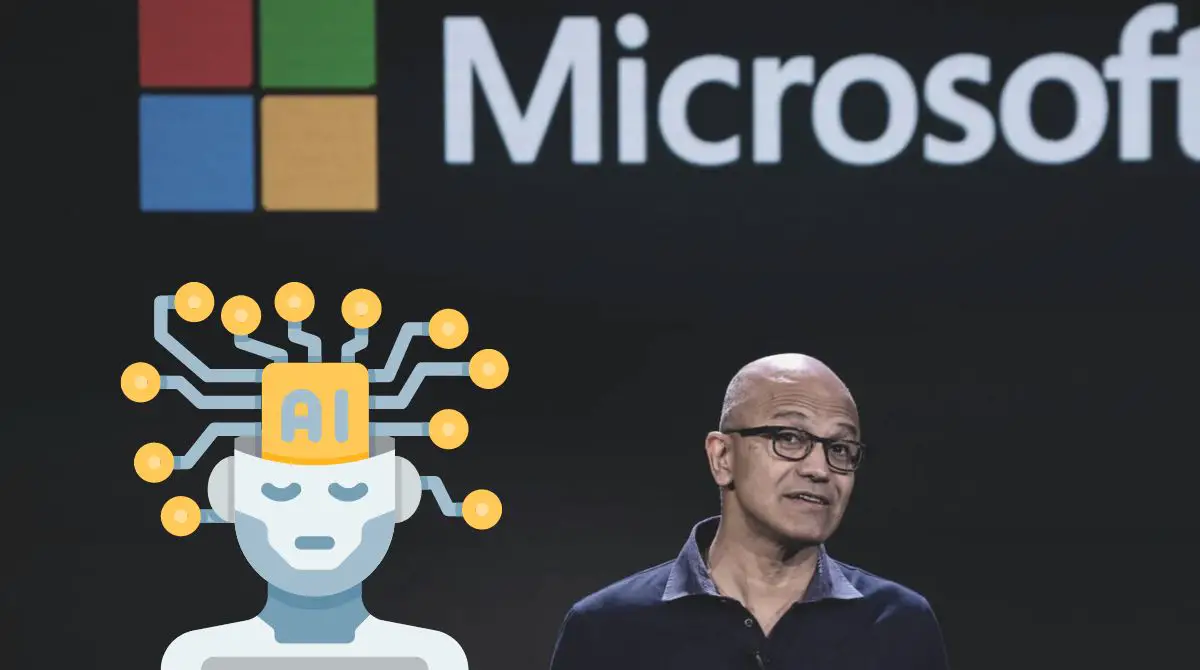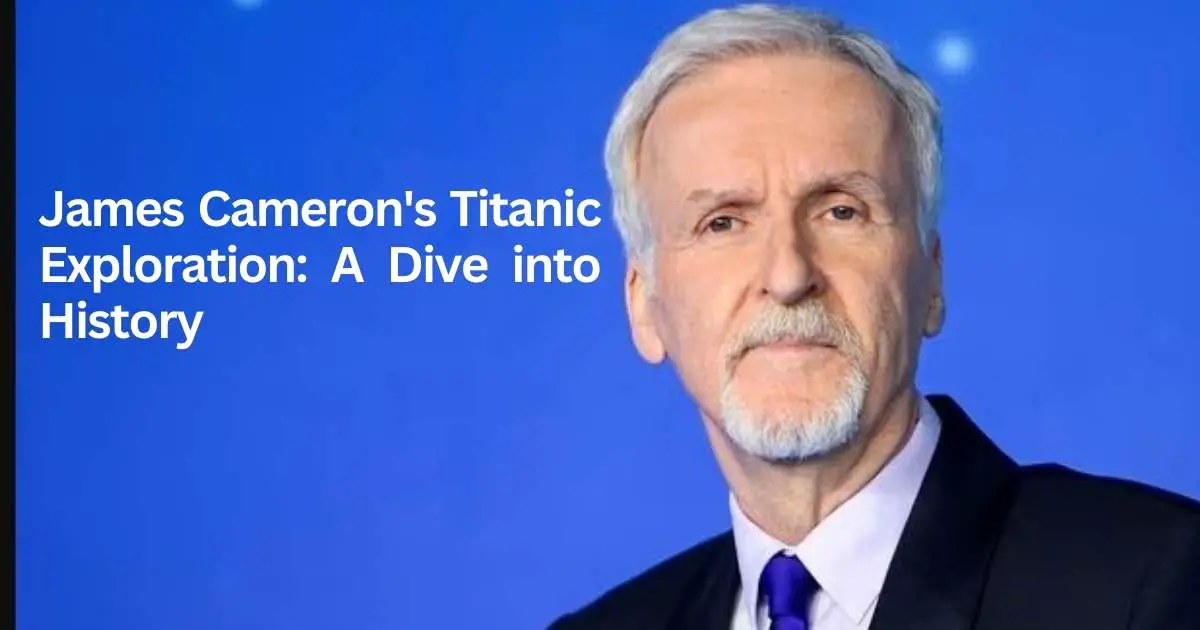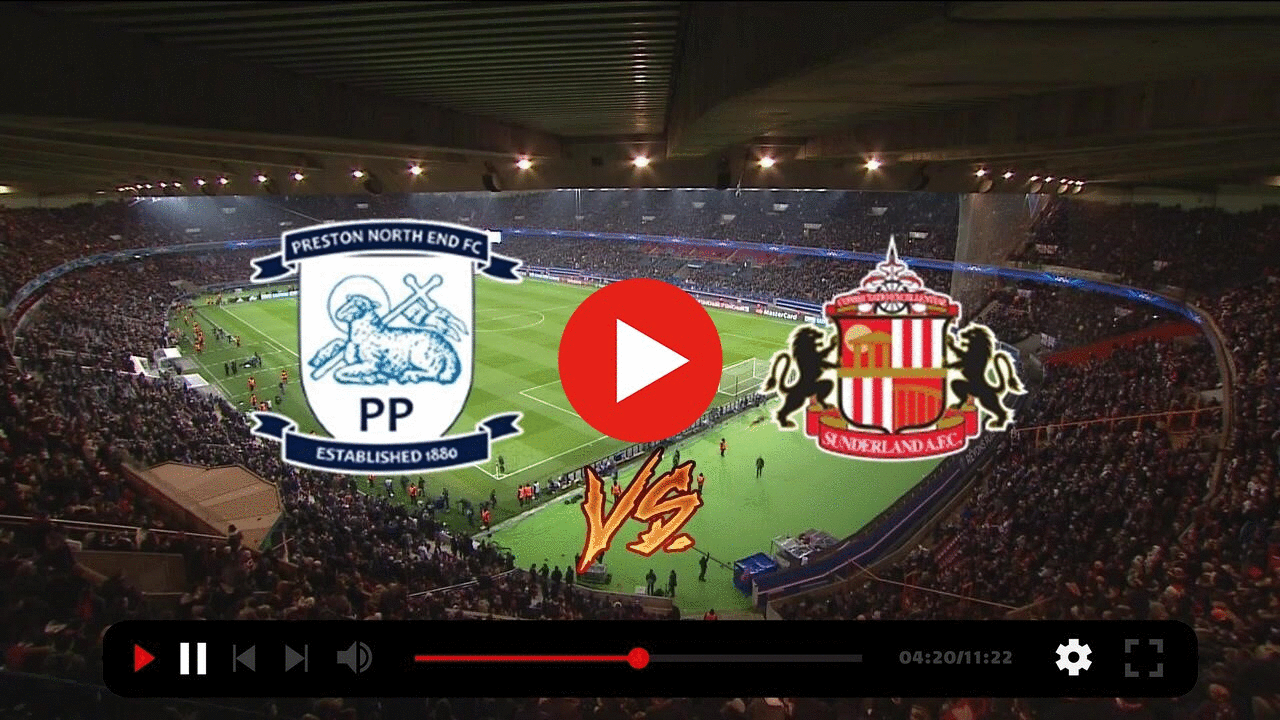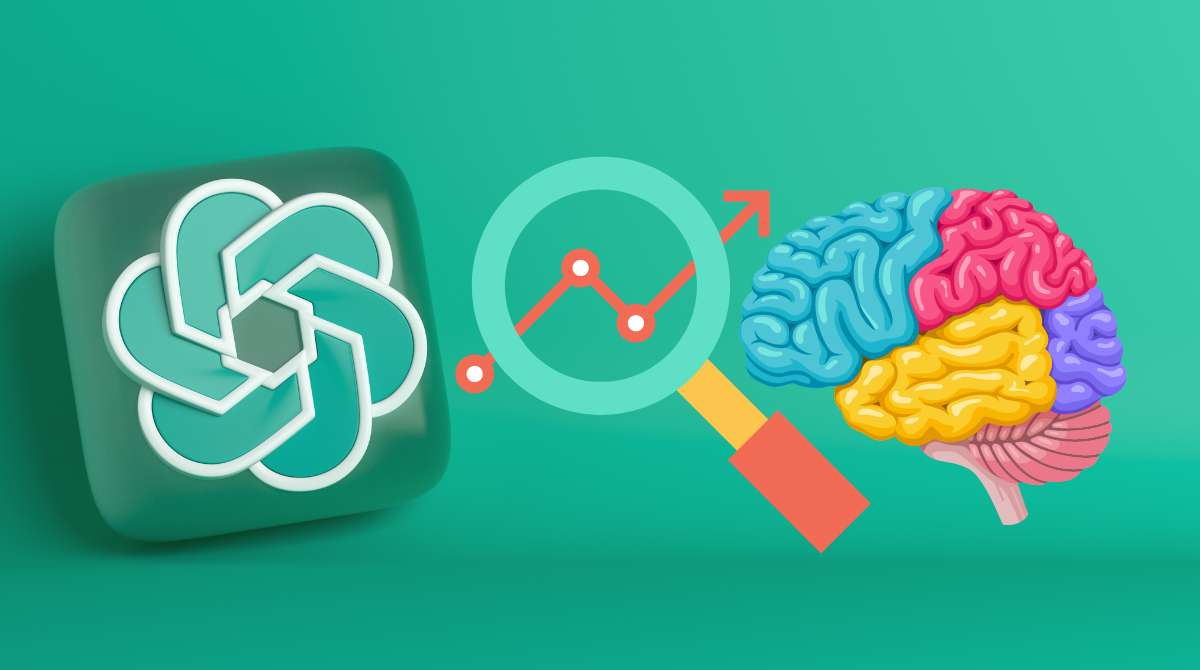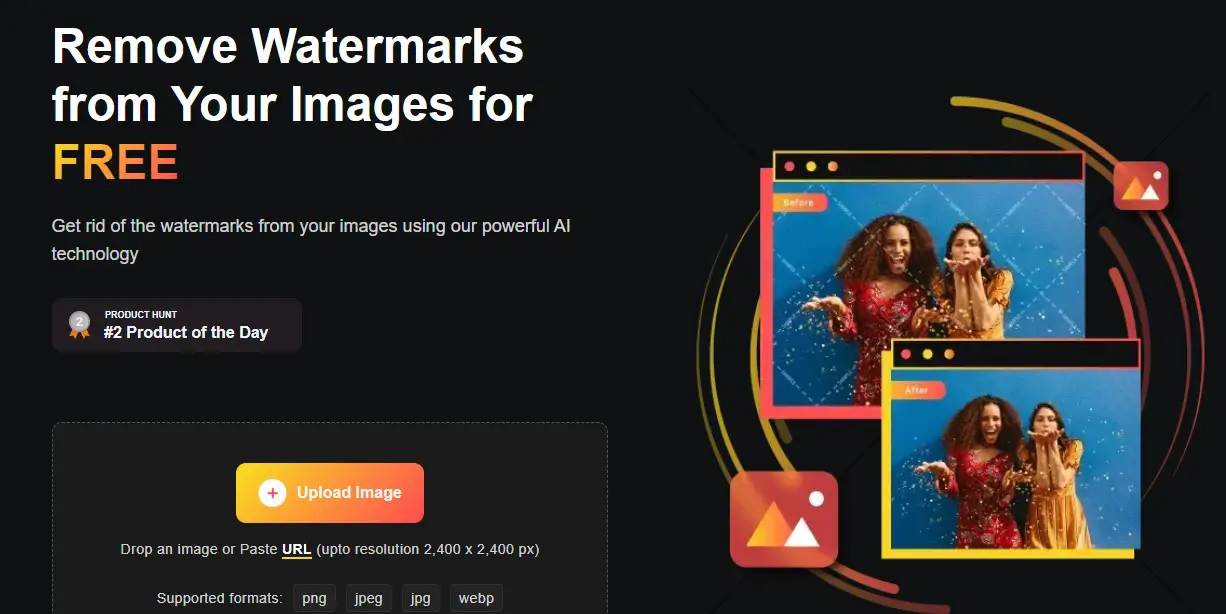In the tech industry, it’s not uncommon for companies to experience setbacks and missteps. However, for Microsoft, a series of blunders in the early 2010s ultimately led to the formation of one of the most exciting partnerships in the field of artificial intelligence: the OpenAI Alliance.

The State of AI in the Early 2010s
At the beginning of the 2010s, the field of artificial intelligence was in a state of flux. While there had been significant advancements in the field, such as IBM’s Watson defeating human champions on the game show Jeopardy!, many experts believed that true AI – machines that could think and learn like humans – was still a long way off.
However, this perception began to change as the decade progressed. Advancements in machine learning and deep learning began to accelerate, and the potential applications of AI started to become more apparent. Tech giants like Google, Facebook, and Amazon began to invest heavily in AI research and development.
Microsoft’s Early AI Struggles
Despite being one of the biggest tech companies in the world, Microsoft was slow to jump on the AI bandwagon. The company had a number of high-profile AI projects, such as the Cortana personal assistant and the Kinect motion sensor for the Xbox, but these projects failed to live up to their potential.
In addition, Microsoft’s AI research was hampered by internal politics and a lack of focus. Different teams within the company were working on AI projects in isolation, with little collaboration or coordination.
As a result, by the middle of the 2010s, Microsoft was falling behind its competitors in the AI race.
The Formation of the OpenAI Alliance
In 2016, Microsoft CEO Satya Nadella recognized the need for the company to make a significant investment in AI. He tasked Harry Shum, the head of Microsoft’s AI research division, with coming up with a plan to catch up to the competition.
Shum’s solution was to form a partnership with OpenAI, a cutting-edge AI research company co-founded by Elon Musk, Sam Altman, and Ilya Sutskever. The partnership, which was officially announced in 2018, would see Microsoft and OpenAI collaborate on AI research and development, with Microsoft providing funding and resources while OpenAI contributed its expertise and cutting-edge research.
The Impact of the OpenAI Alliance
Since its formation, the OpenAI Alliance has had a significant impact on Microsoft’s AI efforts. The partnership has led to a number of breakthroughs in areas such as natural language processing and computer vision, and Microsoft has been able to integrate these advancements into its products and services.
In addition, the alliance has helped to bring a renewed focus and energy to Microsoft’s AI efforts. With the support of OpenAI’s top-notch researchers, Microsoft has been able to catch up to and even surpass its competitors in certain areas of AI.
Conclusion
While Microsoft’s early struggles with AI were significant, the formation of the OpenAI Alliance has helped the company to turn things around. Today, Microsoft is once again a major player in the field of artificial intelligence, and the partnership with OpenAI is a big reason why.
![[2023]Downloading YouTube Videos on iPhone The Ultimate Guide to Downloading YouTube Videos on iPhone The Ultimate Guide to](https://teachtactic.com/wp-content/uploads/2023/08/Downloading-YouTube-Videos-on-iPhone-The-Ultimate-Guide-to-150x150.jpg)





